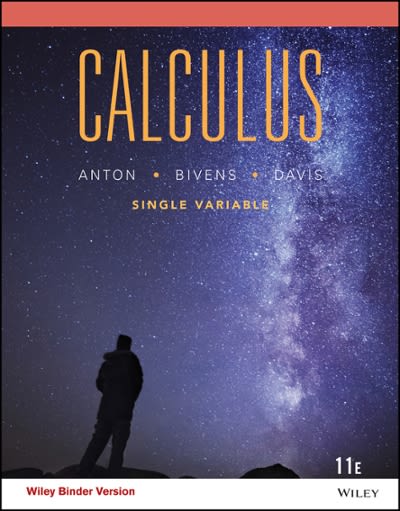Question
The following data were collected: Expenses per stay (rounded to the nearest dollar) 392 450 356 358 460 397,446,472,481,380 454,440 468 476,418Question 5 Using 350
The following data were collected: Expenses per stay (rounded to the nearest dollar) 392 450 356 358 460 397,446,472,481,380 454,440 468 476,418Question 5 Using 350 as the lower limit of the first class, determine the absolute and cumulative frequencies. You can provide your answers in the following table: Classes
Absolute frequencies
Cumulative frequencies Note: There may be more lines than necessary. Question 6 Calculate the relative frequencies. You can provide your answers in the following table: Relative Frequency Classes Note: There may be more lines than necessary. Question 7 Calculate the average expenditure of tourists. (4 points of which 2 points are allocated for calculations) Question 8 Calculate the median expenditure. Explain. Question 9 True or false? 50% of tourists have less than median spending? Explain. Question 10 Calculate the standard deviation of expenditures. Question 11 What is the coefficient of variation? Question 12 Can the average tourist expenditure (which you calculated in question 7) be considered representative of the data presented in the table? Explain. Question 13 Calculate the variance of expenditures. Question 14 Identify the three quartiles. Question 15 Determine the interquartile interval.
Step by Step Solution
There are 3 Steps involved in it
Step: 1

Get Instant Access to Expert-Tailored Solutions
See step-by-step solutions with expert insights and AI powered tools for academic success
Step: 2

Step: 3

Ace Your Homework with AI
Get the answers you need in no time with our AI-driven, step-by-step assistance
Get Started


